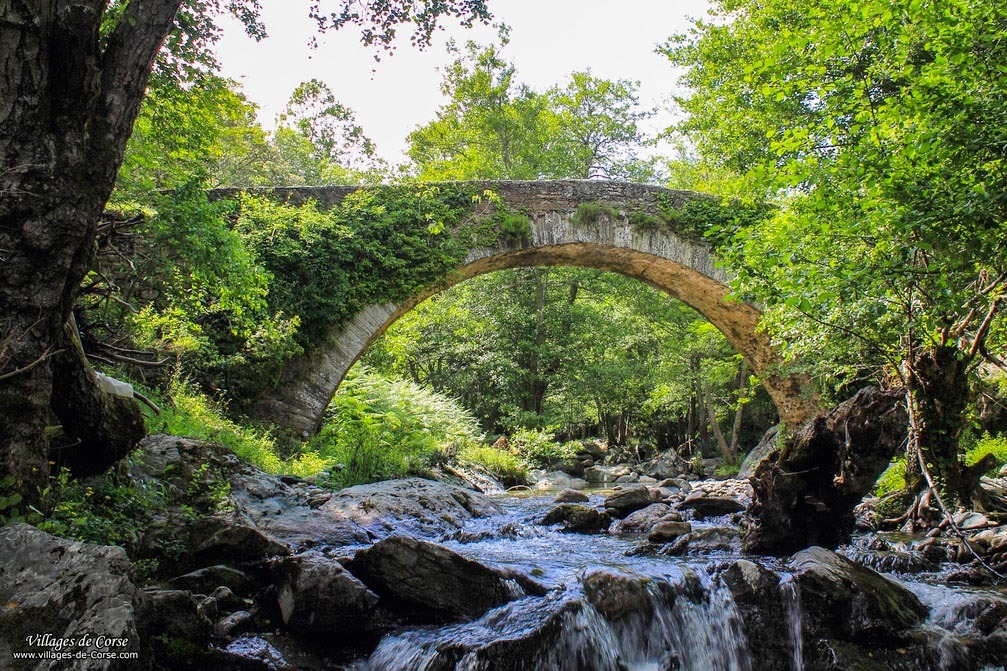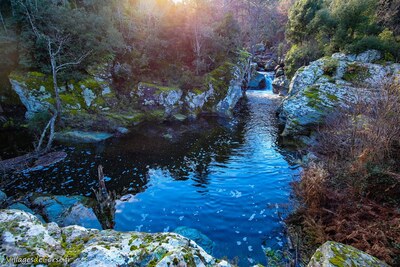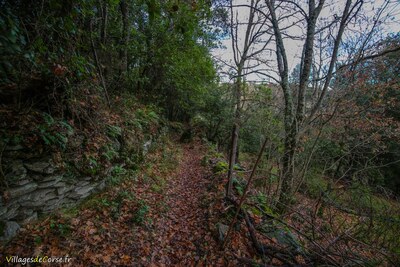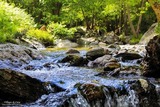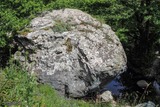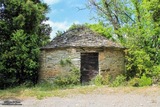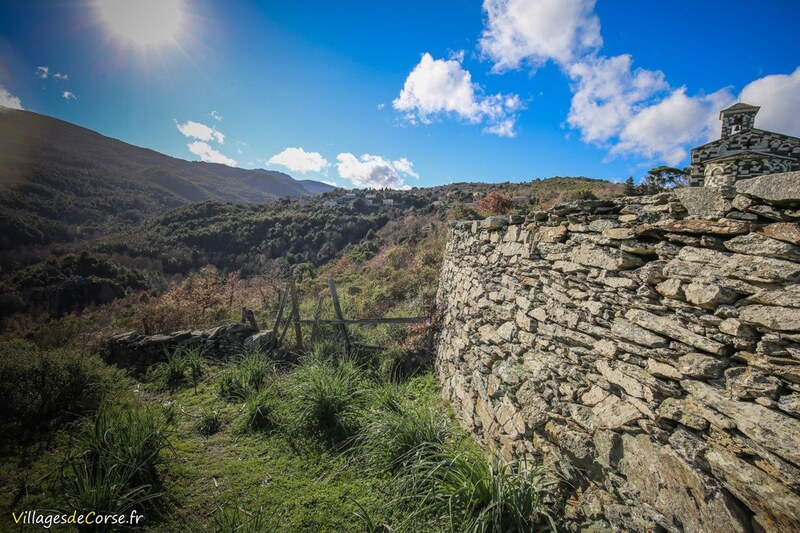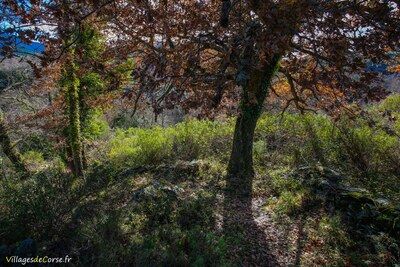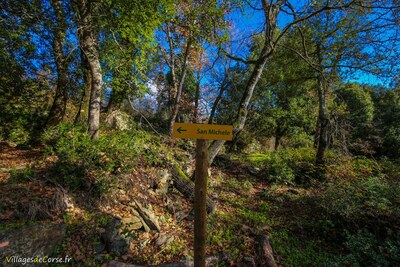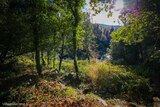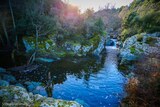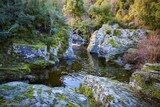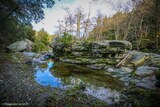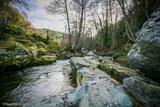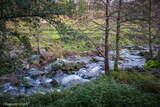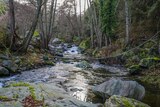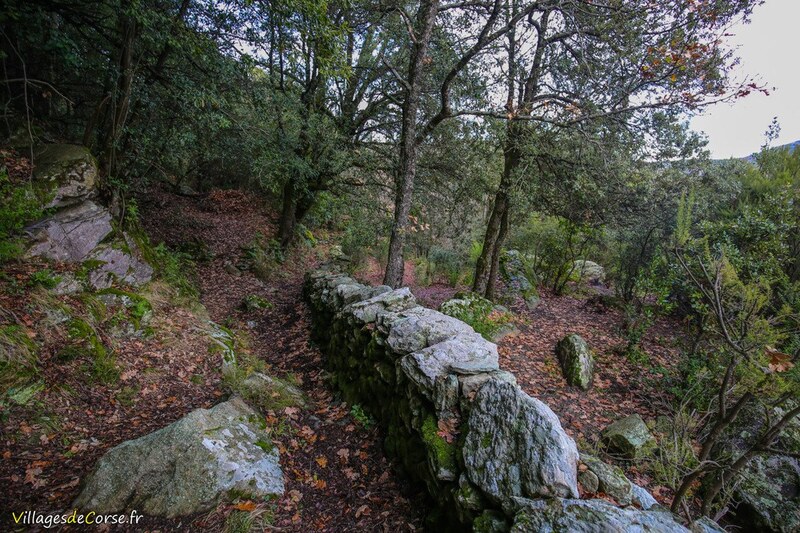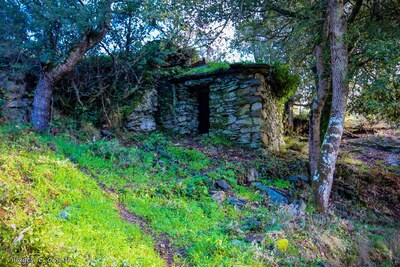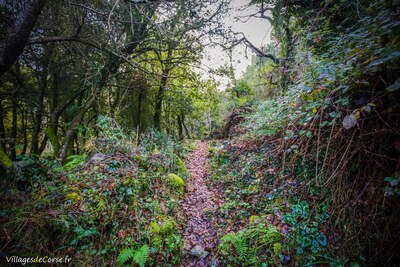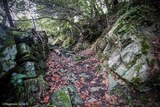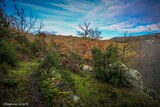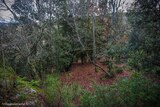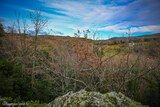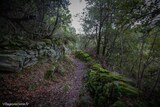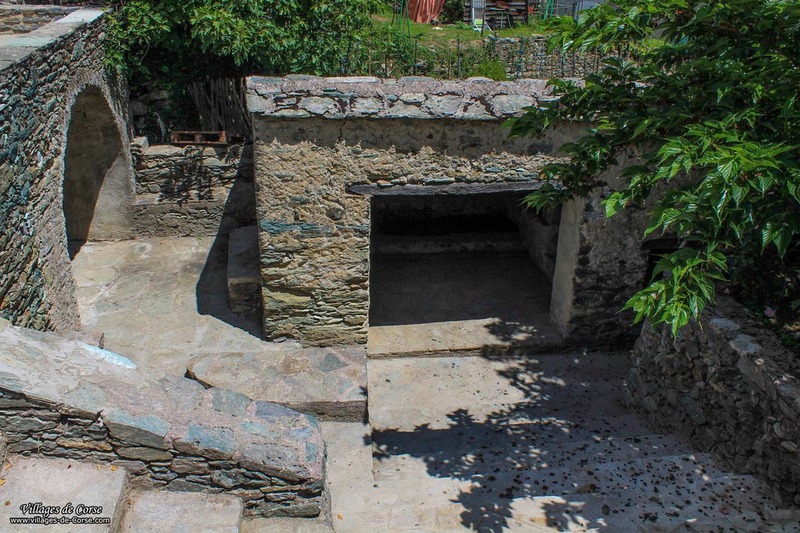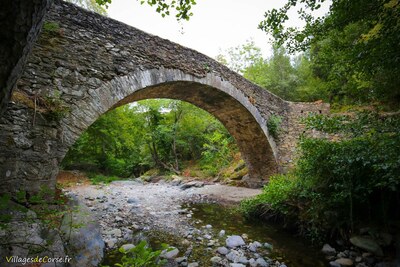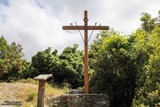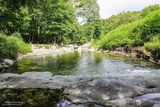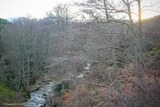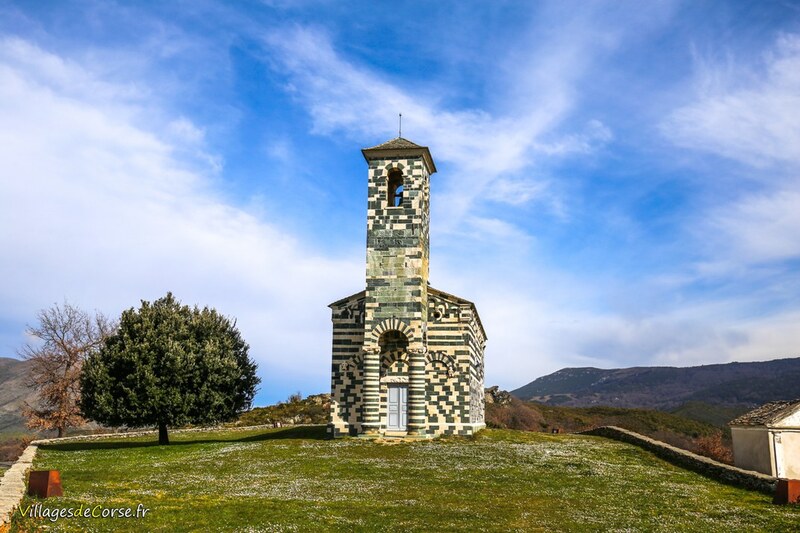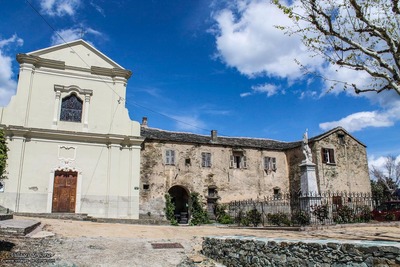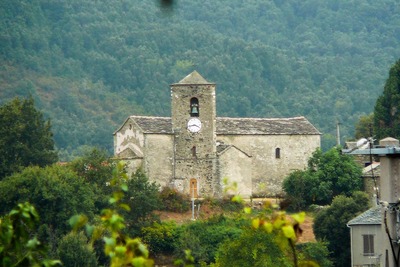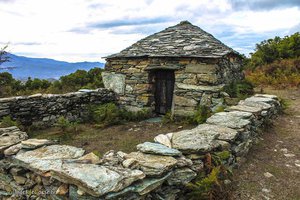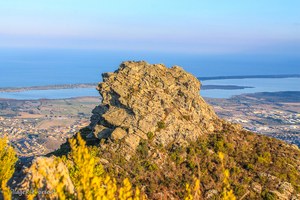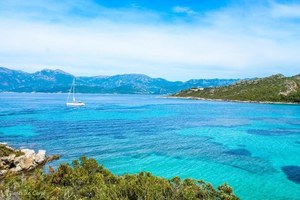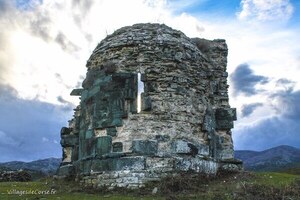Stone and Water History Trail in Murato
Discover Murato on foot
A few years ago, the municipality of Muratu set up a tourist trail, Histoire de pierres et d'eau (History of stones and water), signposted all the way from Saint-Michel to the heights of the village. The starting point was logically chosen to be near the much-visited Church of Saint-Michel, from where you can walk up the Bevinco valley.
Leaving from the Church of Saint-Michel
The start (or finish, depending on the direction of travel) is behind the church of Saint-Michel, and there is a dirt area where you can park easily.
Ideal for a family outing
The trail is suitable for all ages, including families with children. With few changes in altitude and the option of modifying your route, you can easily increase or decrease your itinerary as you wish.
River and forest
The path leads down to the Bevinco river, where you can enjoy the natural pools and come across a Pagliaghju. As the sound of the water fades, you'll head up the valley through an unspoilt oak forest, a Corsican exception since most forests are made up of other types of wood.
After a 1km walk, you'll reach the D305 road at the end of the path, where there's a little house. You'll have to climb back up to reach the bottom of the village (U Suttanu).
Fountains, wash-houses and Genoese bridges
The springs are the foundation of the area, which has harnessed them harmoniously to create its fountains and wash-houses, built of stone and with roofs of lauzes. You'll also discover ancient bread ovens and the old Corsican mint.
The shortened itinerary takes you through the village via its narrow streets to the Ponte à Teghja river, before returning along a footpath to discover other parts of the village, the ruined chapel of Saint Roch, the church of Saint Jean and the shops.
U Giru di e Cappelle Rumaniche
For a more complete hike, a more complete itinerary invites you to discover the village's rich heritage, through the many churches and chapels in the village, starting with Saint-Michel, Saint Jean, l'Annonciation, Saint Roch, and Chjesa Negra, which is located much further away in the commune of Piève.
